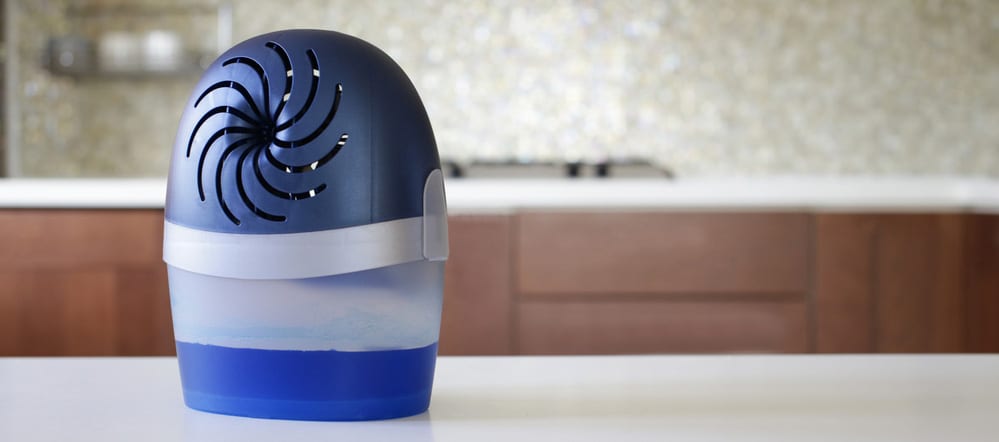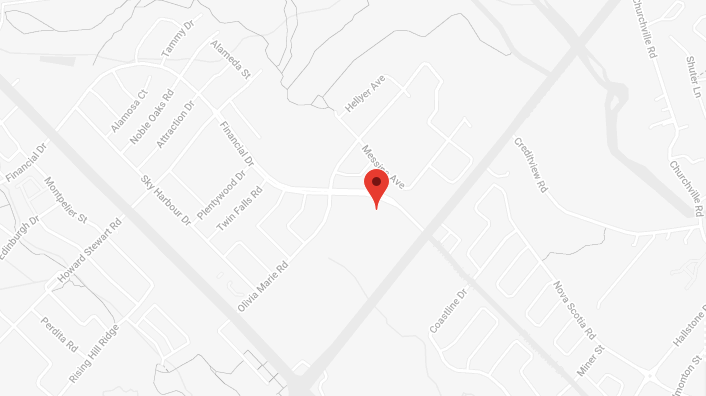The PuroClean Blog
How to Use a Dehumidifier Properly

When the humidity in a home reaches a critical level, one of the best ways to control it is using a dehumidifier. This device can help homeowners protect their property from the dangers of excessive humidity. Here’s when to use a dehumidifier and how to operate it safely:
When to Use a Dehumidifier
- The dehumidifier should be used in damp and musty-smelling rooms where a relative humidity of 40-50 percent is needed. More than that can lead to mould growth and below 30 percent can cause structural problems.
- Dehumidifiers are most useful for people suffering from respiratory problems, such as asthma, allergies, and colds. An ideal level of humidity can help alleviate their symptoms.
- Those who live in a humid climate should use a dehumidifier in their basement, bathroom, and attic, especially in the summer.
- Dehumidifiers can help dry up flooded area in homes that have experienced a flooding problem. However, consulting a disaster restoration specialist first is recommended.
Maintenance Tips
- The manufacturer’s instructions in the owner’s manual should be followed. Homeowners should get familiar with the features and requirements of the dehumidifier.
- The air filter and exhaust grilles must be checked and cleaned to prevent dust build-up and allow free air flow.
- The water tank should be cleaned on a regular basis to avoid mould growth and bacteria. That can be done using regular soap and water to scrub inside the tank.
Usage Safety Tips
- The dehumidifier needs to be placed on a level and stable surface. The dehumidifier should have at least 25 centimetres of free space behind it, and 1.5 metres in front of it. Also, the device must be kept away from flammable items and heat sources.
- The dehumidifier must be plugged into a grounded outlet. Using extension cords to power the dehumidifier should be avoided since cords can turn into a fire hazard from overheating.
- The unit must not be operated in a space larger than is recommended in the manual. Also, the windows and doors in the area where the dehumidifier is used should be closed. Moisture coming from outside can stress the machine and may damage it.
- The area where the dehumidifier is running should be regularly cleaned and vacuumed. Dust absorbed by the unit can spread out into the room and fill it with allergens.
- When nobody is home, the device should be turned off. Someone should be there in case the machine malfunctions. Some dehumidifiers have an automatic turn-off function that’s very useful in these situations.
- The tank should be emptied as often as needed to avoid spills and water damage. Some models automatically shut off when the tank is full or when they reach the set humidity level.
- The dehumidifier should not be moved from a cold room to a warm room too quickly to avoid condensation inside the machine. In addition, powering the dehumidifier on must be done 10 minutes after turning it off to prevent the compressor from overheating.
While dehumidifiers are great at removing dampness from an area, water damage restoration specialists should always be consulted first for serious water problems. The PuroClean team stands ready to provide professional restoration services to any property affected by fire, water or mould damage.
December 14, 2018


